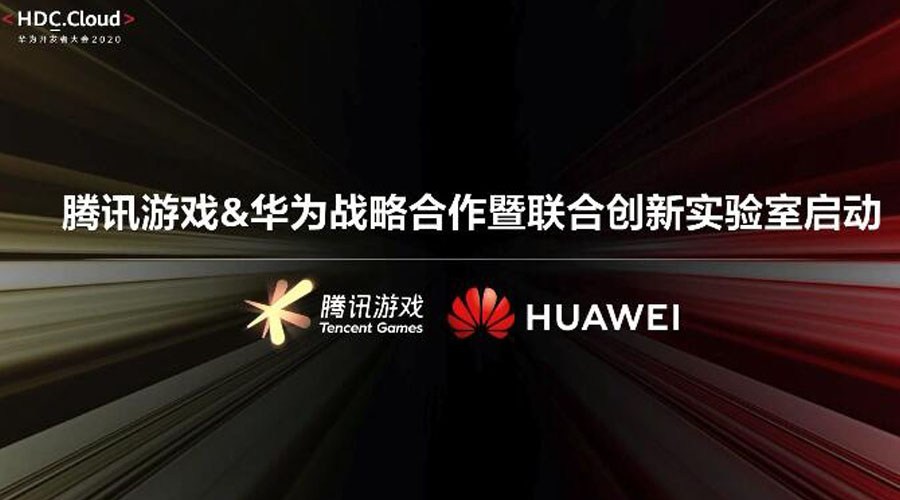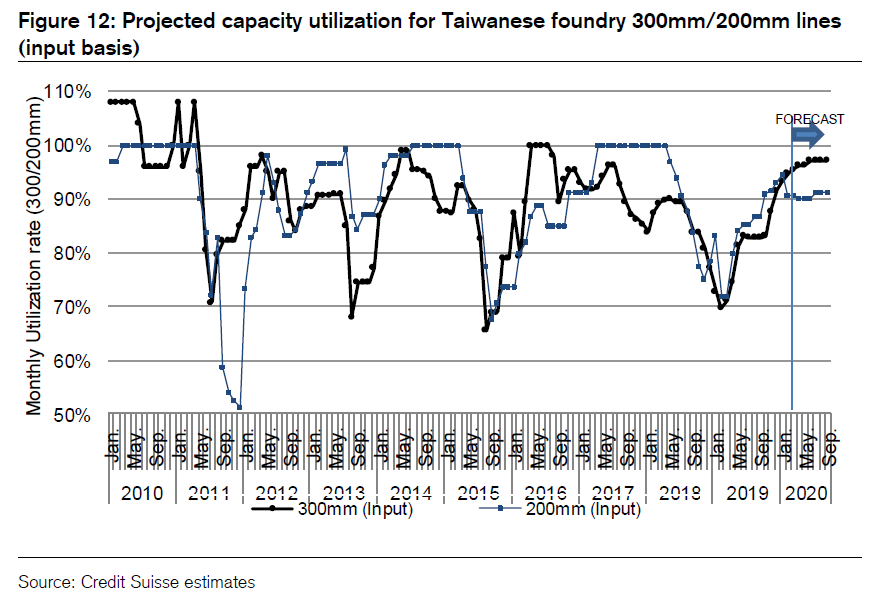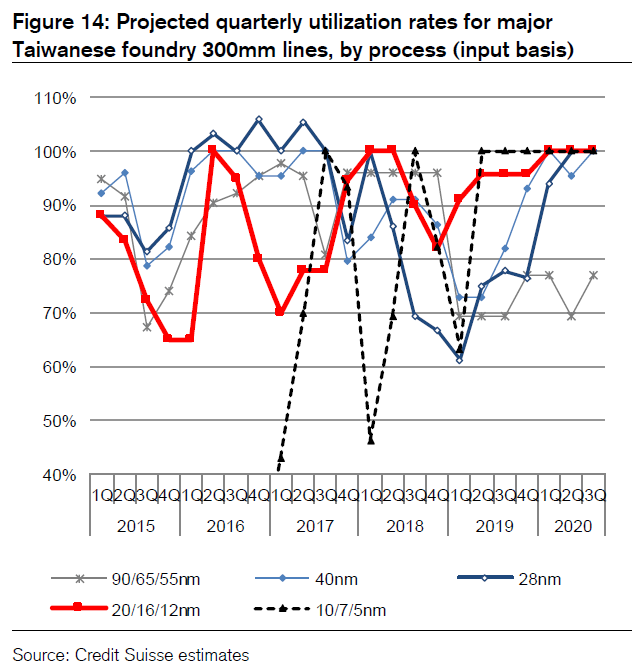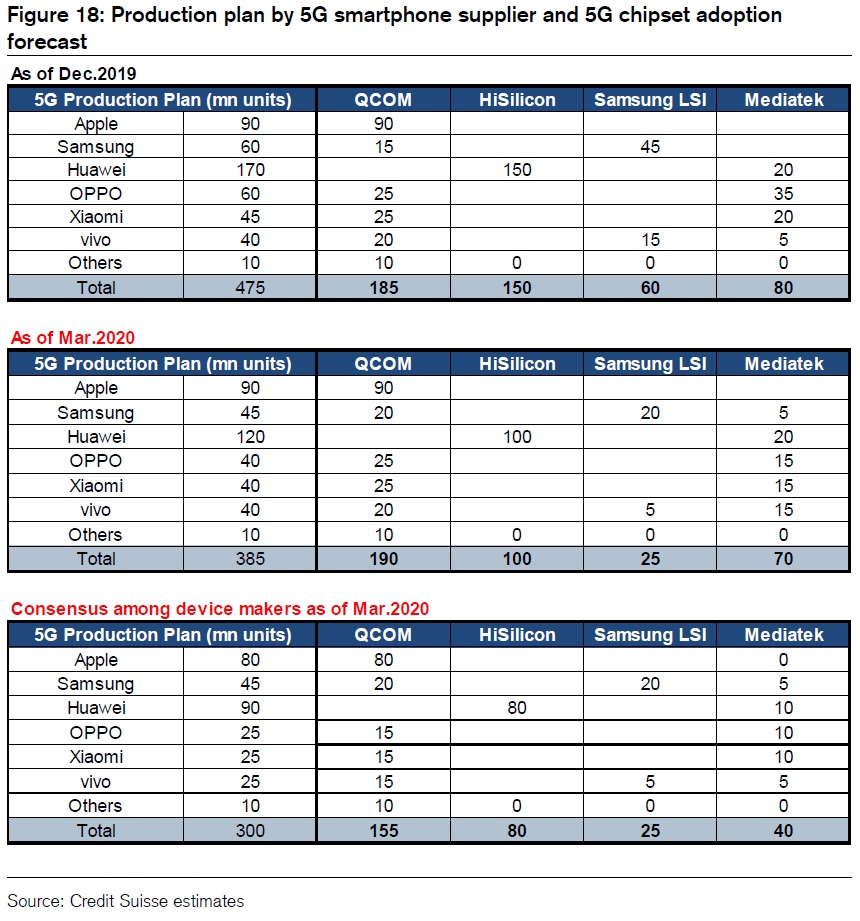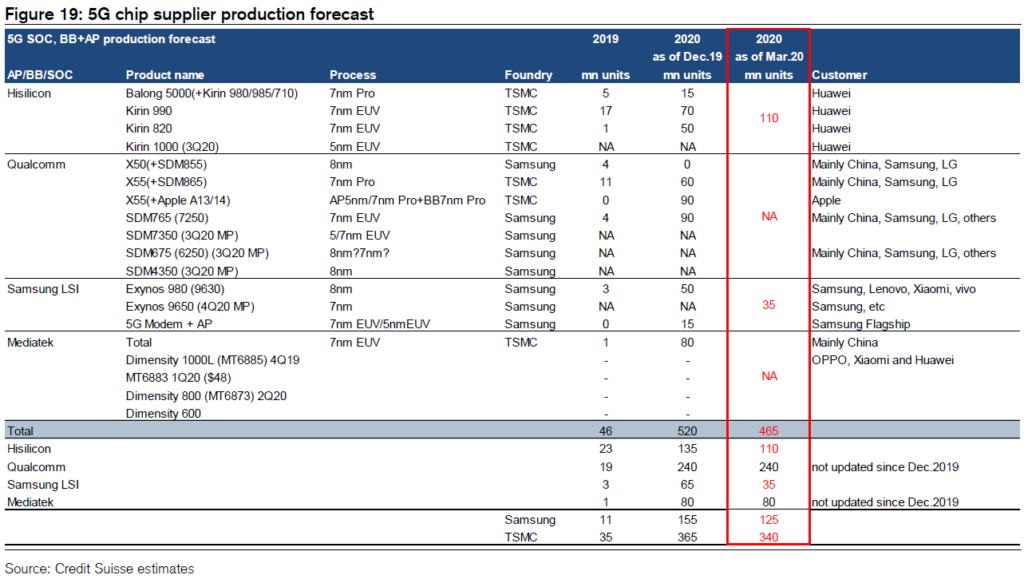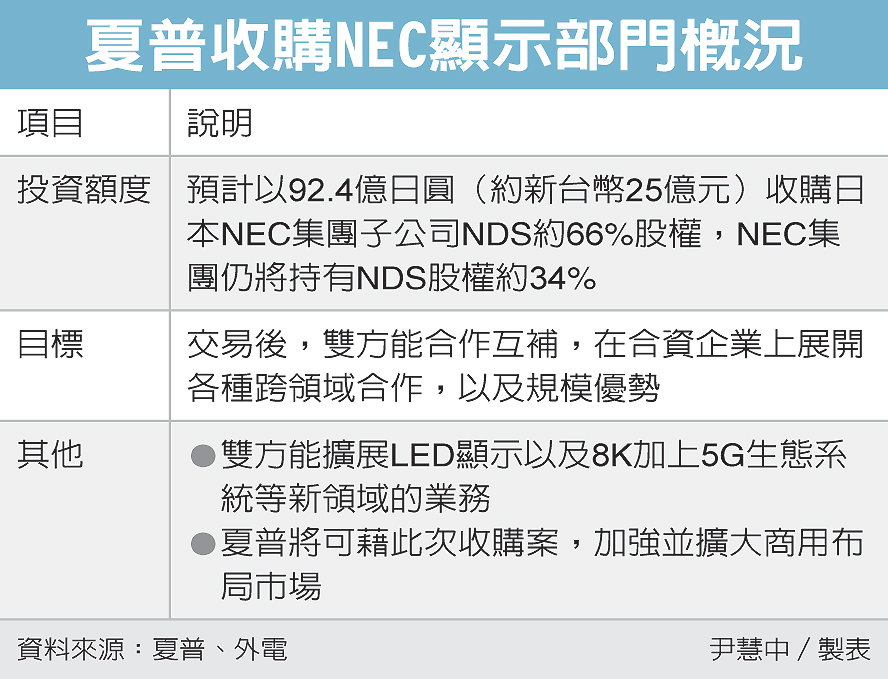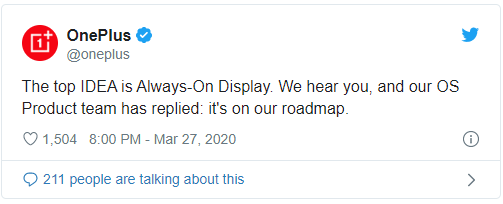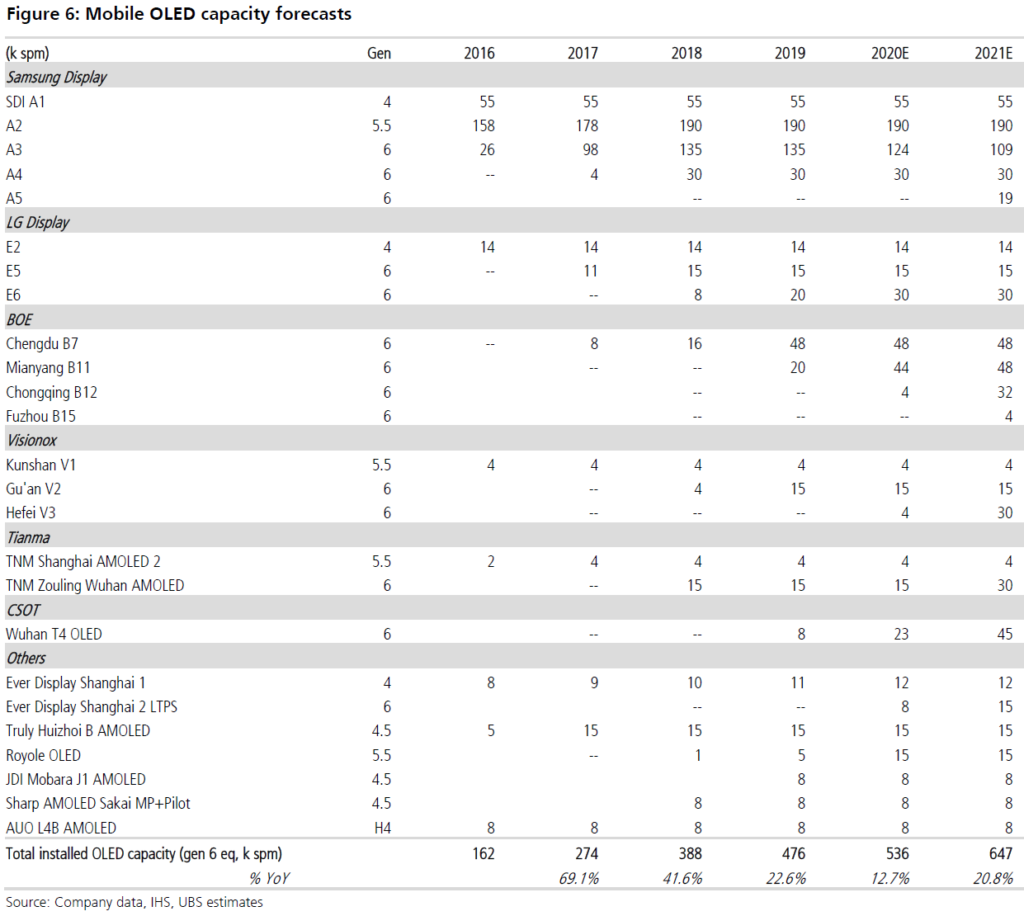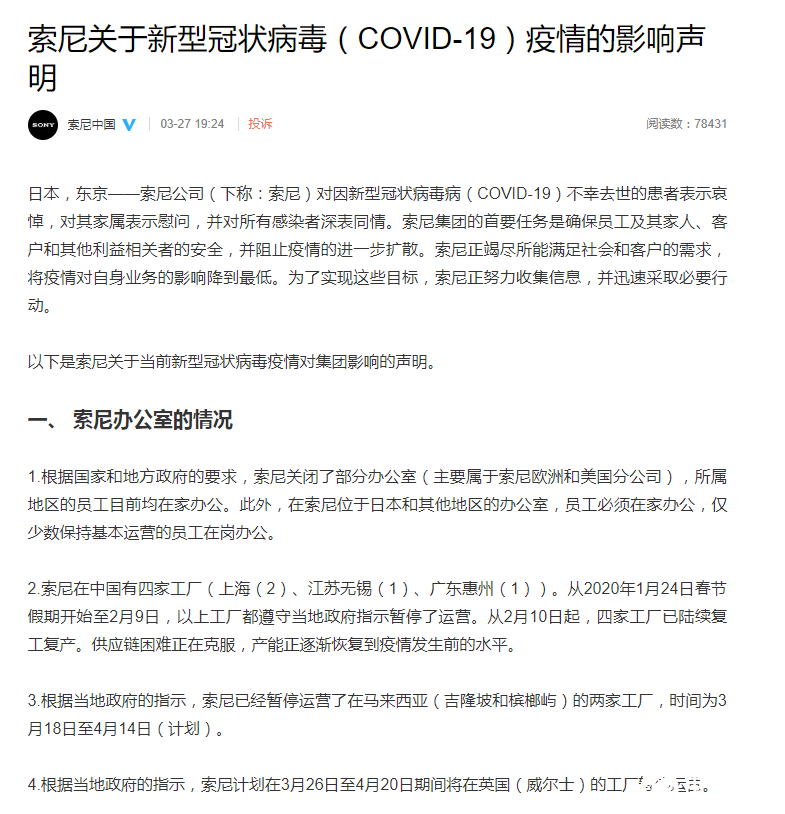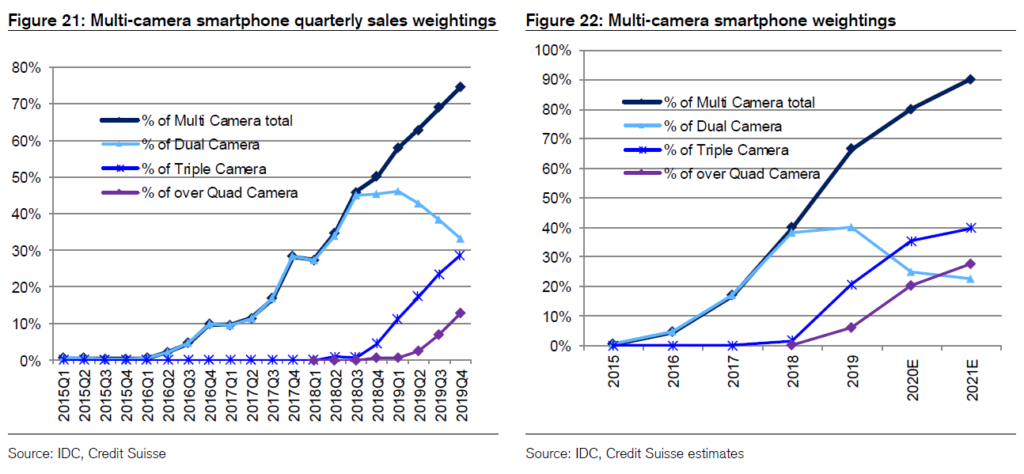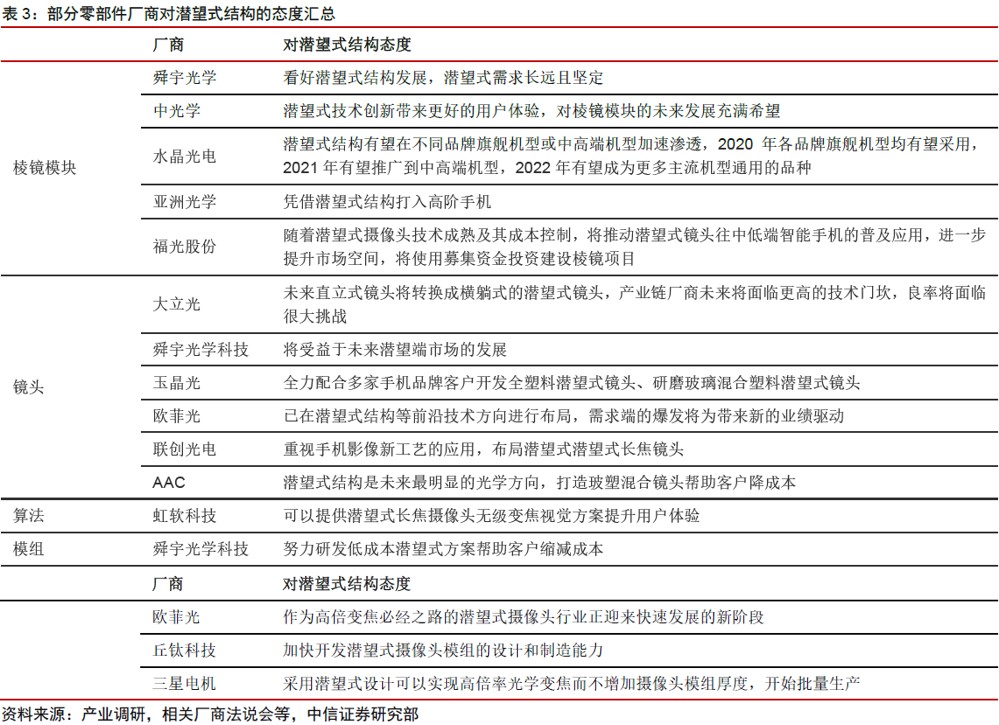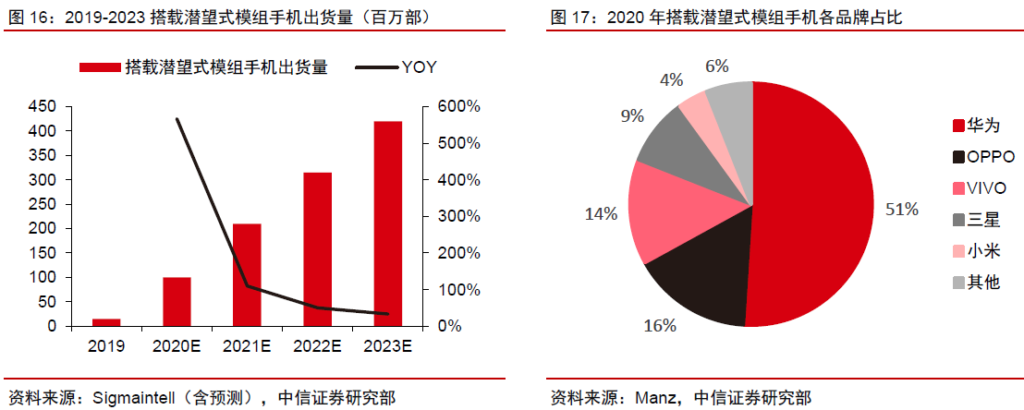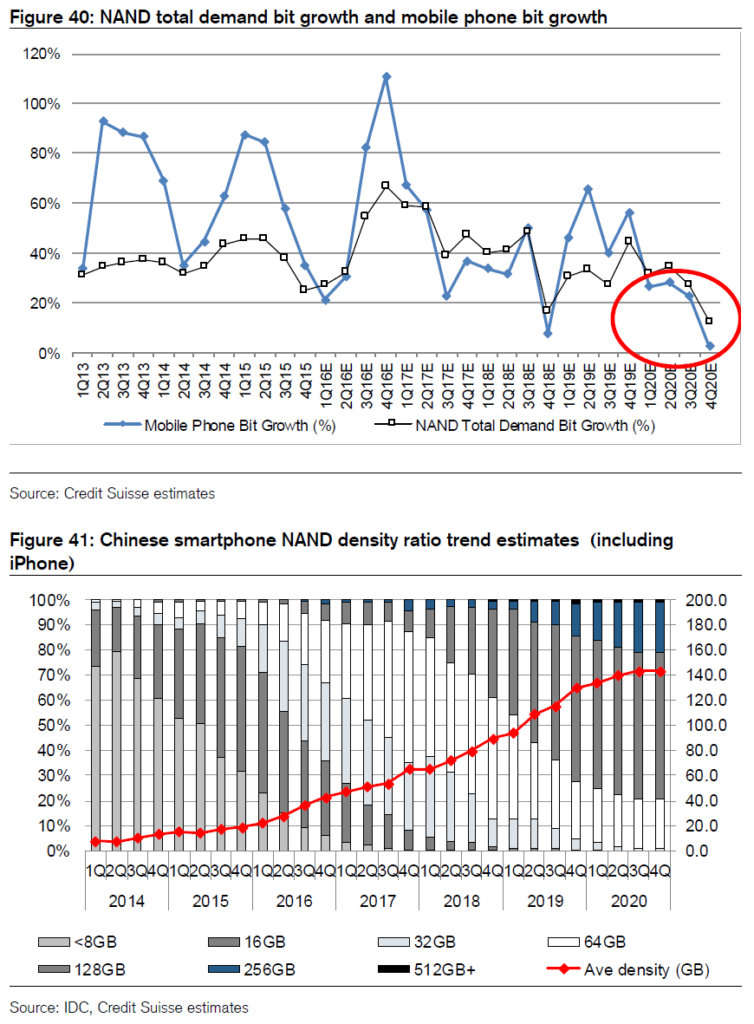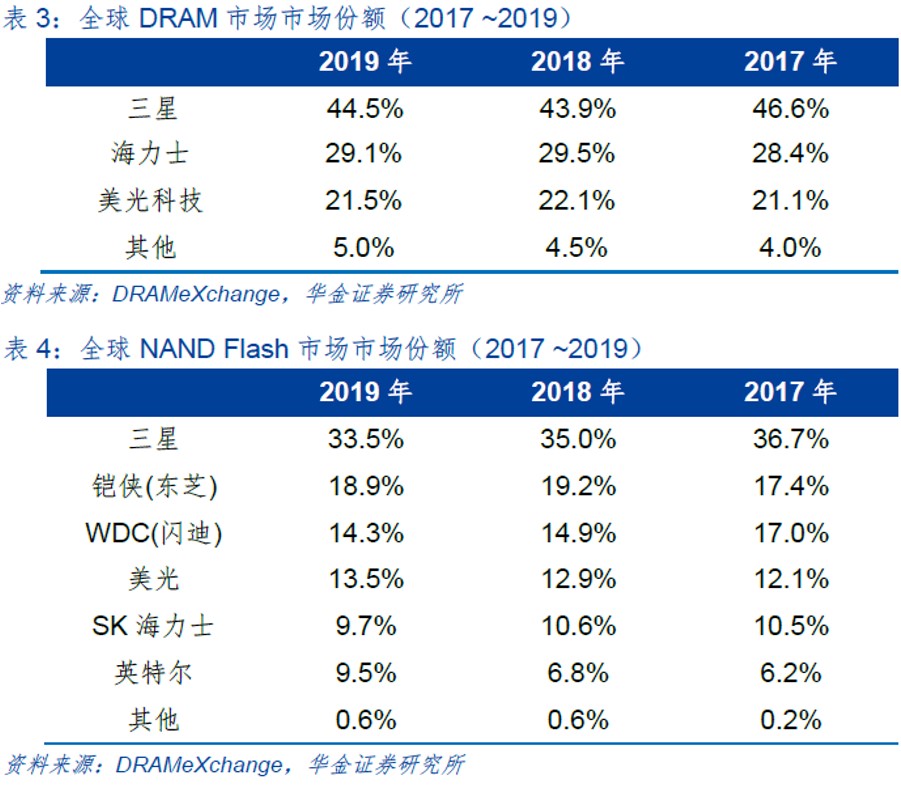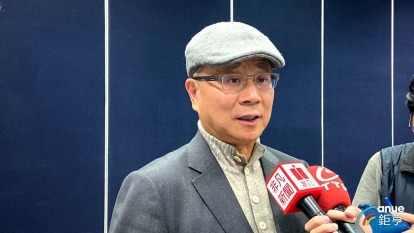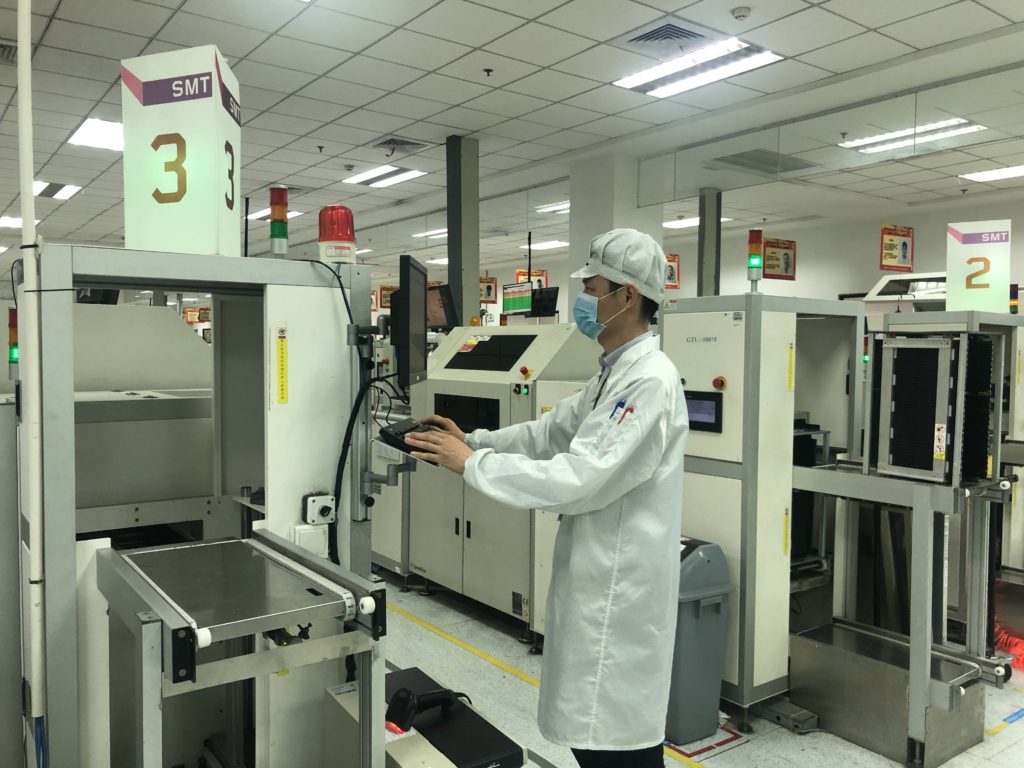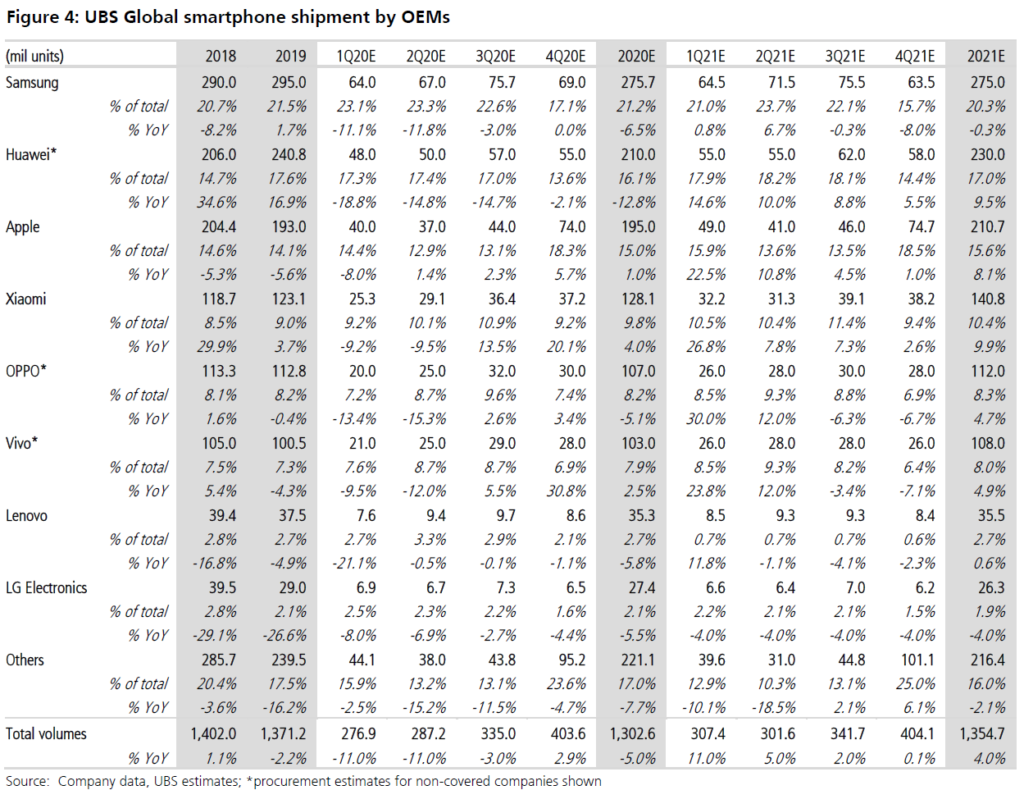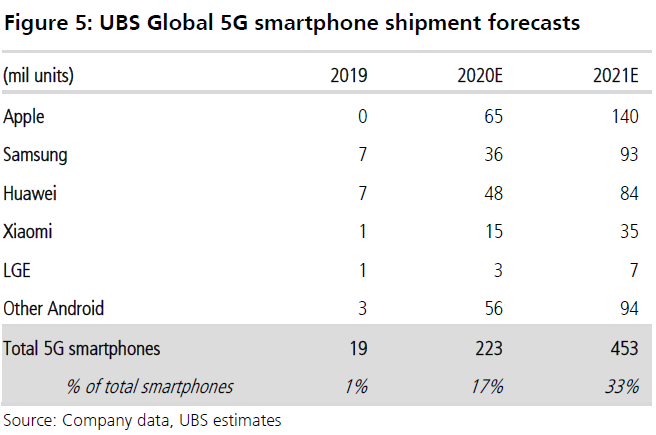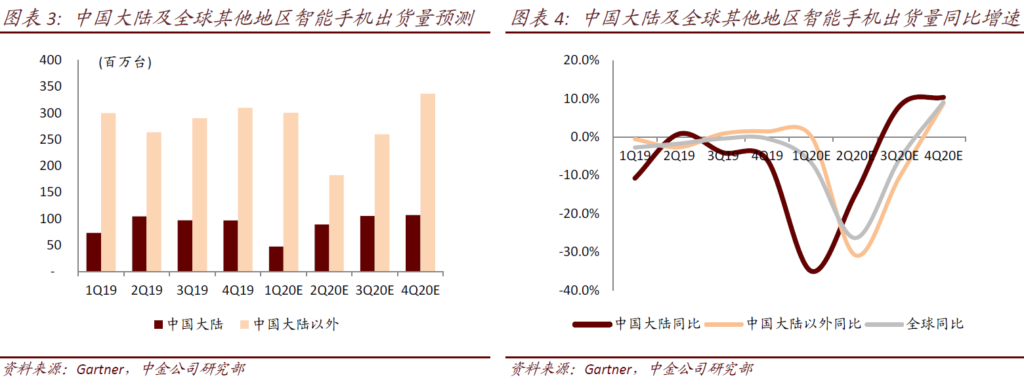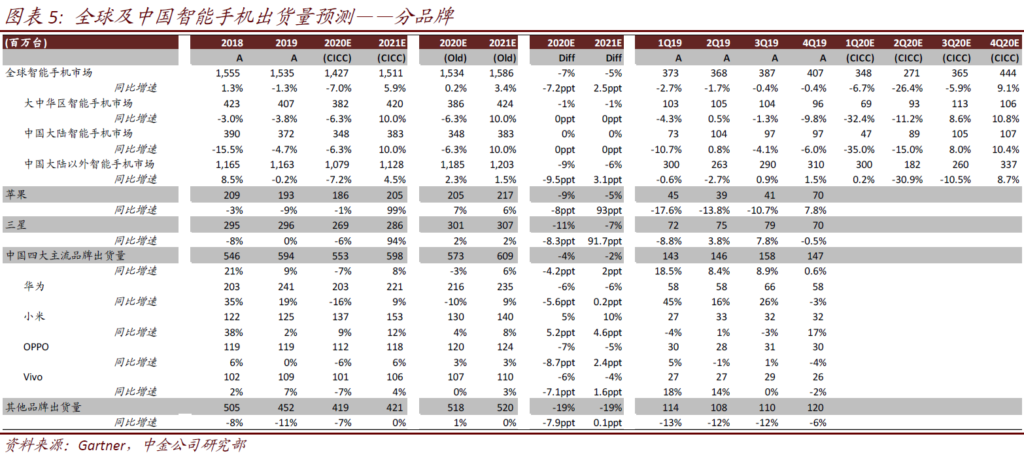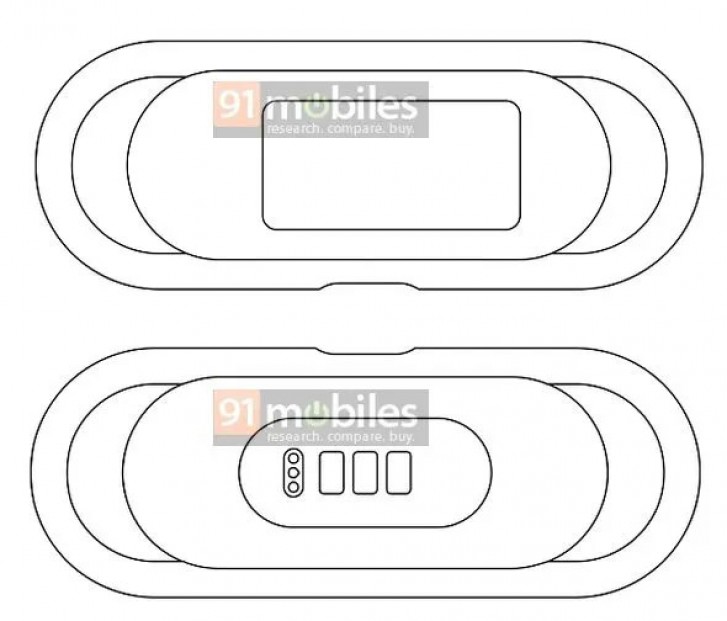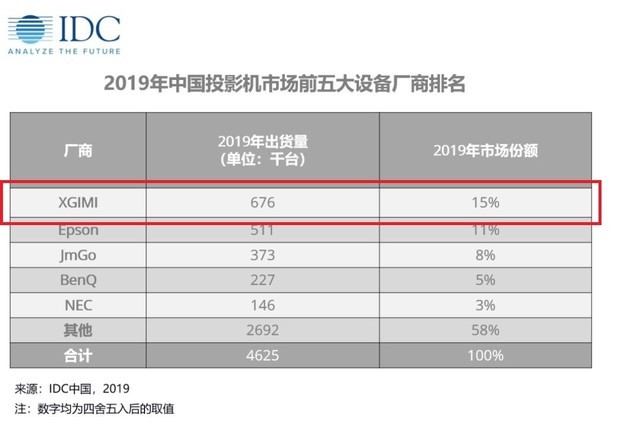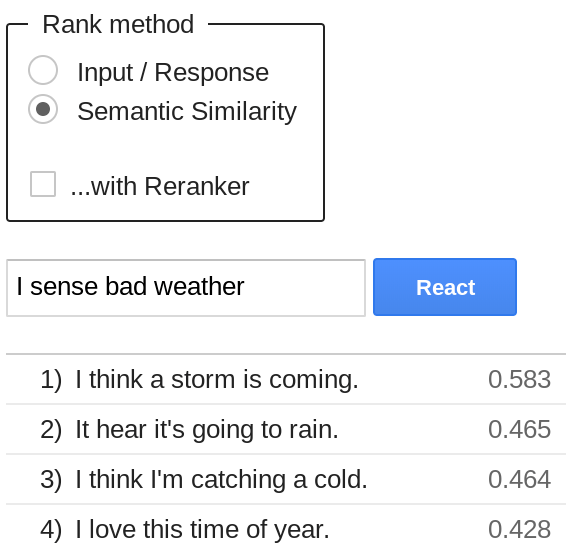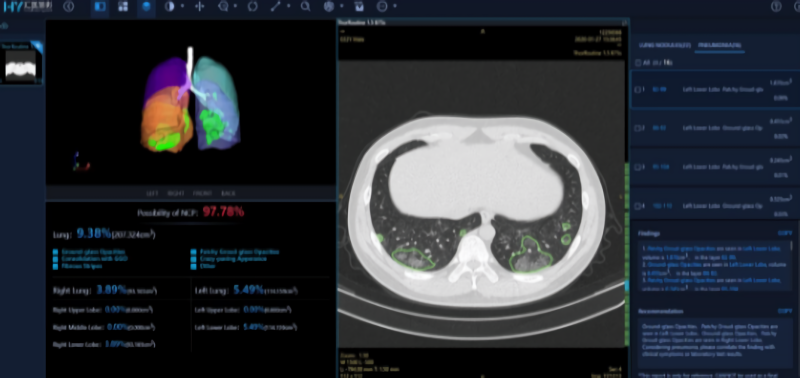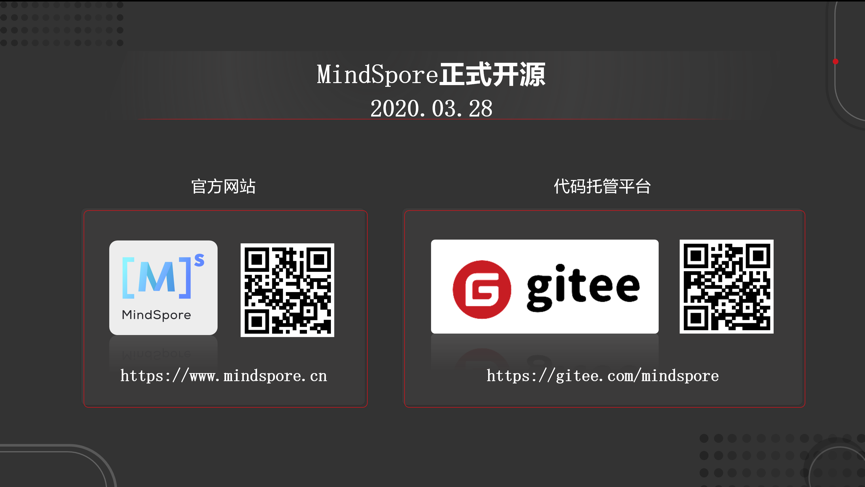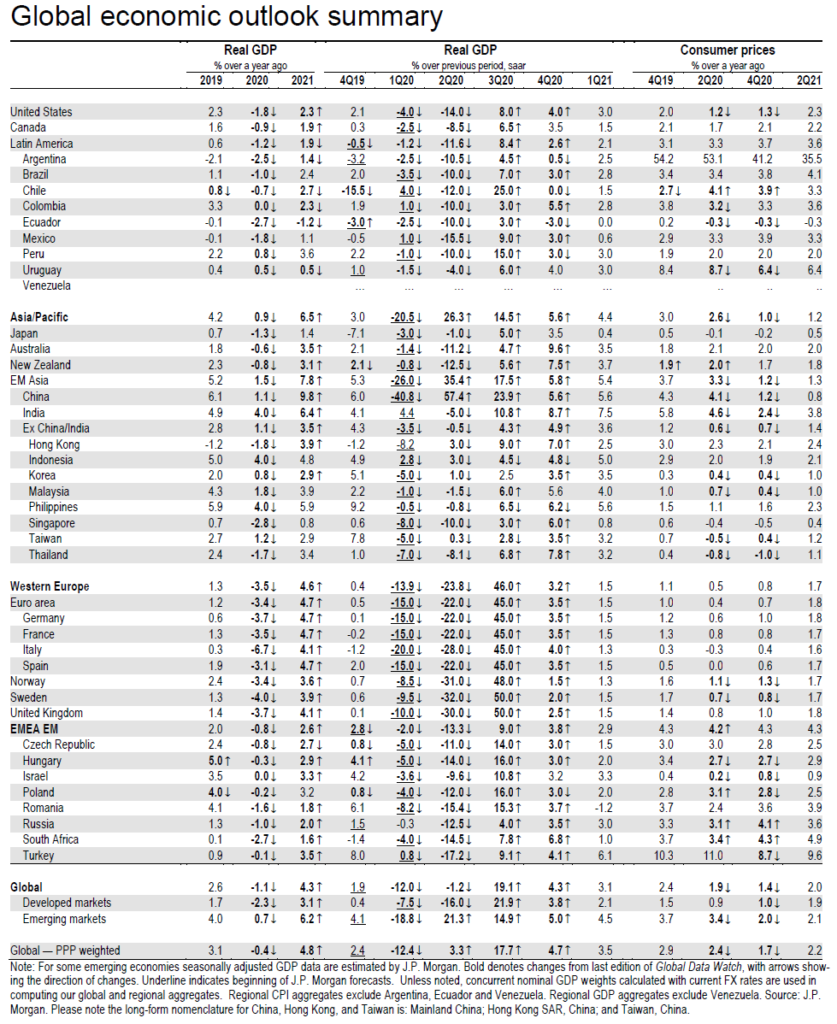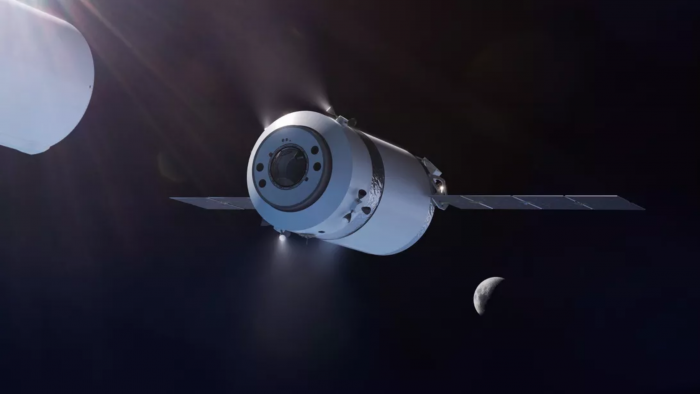
3-29 #Staycalm: Huawei has announced the latest initiative to advance the Huawei Developer Program 2.0; Huawei and Tencent Games have announced a strategic partnership; etc.
Chipsets
Huawei has announced the latest initiative to advance the Huawei Developer Program 2.0. Throughout 2020, Huawei will invest USD200M with detailed programs for universities, startups, individual developers, and partners, driving new milestones in the Kunpeng computing industry. (CN Beta, Huawei, Huawei, BJ News, Telecom Paper)
Huawei and Tencent Games have announced a strategic partnership. Hou Jinlong, President of Huawei Cloud and Computing BG, says that Kunpeng ecology is an important opportunity for the gaming industry. Huawei will also establish a joint innovation laboratory with Tencent Games. (Gizmo China, Reuters, CN Beta)
Intel has announced that it will provide a total of USD6M to assist coronavirus relief efforts. Out of which, USD4M will be used to support communities in areas where the company has a significant presence while the other USD2M has been allocated for matching employee relief efforts around major Intel sites. (Neowin, Intel, CN Beta)
Credit Suisse forecasts Taiwanese foundries’ capacity utilization (input basis) for 300mm (12”) wafers will be around 88% in 4Q19 and 95% in 1Q20, and for 200mm (8”) wafers to be 92% in 4Q19, and 92% in 1Q20. In 2Q20, Credit Suisse expects a temporary adjustment on processes older than 16nm, with capacity utilization of 94% for 300mm wafers and 90% for 200mm wafers, due to inventory corrections for LTE smartphones in China and a general slump in demand due to COVID-19. Credit Suisse expects 300mm wafers to remain at full capacity utilization on 5nm and 7nm+ processes as production ramps up for 5G chipsets. (Credit Suisse report)
According to Credit Suisse, 5G chipset production plans lowered from 135M to 110M units at HiSilicon, from 65M to 35M units at Samsung, from 520M to 465M units overall. Huawei will rely on HiSilicon for 80–90% of 5G smartphone chipsets and MediaTek for the remainder. Samsung Mobile expects to use MediaTek for some low-end models. (Credit Suisse report)
According to TF Securities, the valuation of the domestic semiconductor sector has expanded. Analyzing the historical comparison of the valuation of each sub-sector, the valuation expansion corresponds to the expected upward trend of the semiconductor boom in 2020. The current decline is mainly affected by the epidemic. In the long term, the downstream driving force for semiconductors will be large and the industry’s boom will increase. Currently, the domestic epidemic situation has eased, foreign epidemics have erupted, domestic semiconductor companies have ushered in surprise opportunities, and the second phase of the large fund is expected to start investing, and the valuation level of the semiconductor sector is expected to resume the upward trend. (TF Securities report)
Touch Display
Sharp and NEC have announced a joint venture to develop 8K resolution, 5G-enabled display solutions for future markets. The companies have issued a joint statement outlining the venture, in which NEC Display Solutions (NDS) will merge with Sharp’s main business. (GizChina, ZDNet, UDN, NEC)
OnePlus has been using AMOLED displays on its handsets for a long time now; yet they lack support for an always-on display (AOD). This is changing soon as the company has confirmed that it is bringing this feature to its smartphones. (The Verge, Neowin, Twitter)
According to UBS, some of the ongoing capacity ramp-up plans of China OLED are seeing delays, due to difficulties in getting the engineers support for the final equipment installation. Separately for equipment orders though, after close to a year of quietness, UBS started to see OLED equipment orders from Chinese panel makers recover aggressively from 2H19 (with GVO, CSOT, and Tianma). (UBS report)
Camera
Sony has revealed that its proprietary CMOS image sensor’s production is currently not severely affected by the outbreak of COVID-19 at the moment. (Gizmo China, TechWeb, IT Home)
According to Credit Suisse, Samsung Electronics’ 300mm CIS production volume fell to 35–40K/month in Nov–Dec 2019, but this has recently risen to 50–55K, and the company plans to increase output to 60–70K by end-2020 (by converting Line 11 and all of its former DRAM production lines). SK Hynix has already expanded its 300mm CIS production line to 20K wafers/month. TSMC is bringing forward its foundry project for Sony’s CIS. The company is working on the assumption that production will start in 2H20, but it has yet to make a final decision. Credit Suisse now forecasts that 80% of smartphones will feature multiple cameras in 2020 (25% dual, 35% triple, 20% quadruple) and 90% in 2021 (22% dual, 40% triple, 28% quadruple). (Credit Suisse report)
According to CITIC Securities, the upstream manufacturers’ attitudes towards the periscope camera module: generally optimistic about the development, and actively R&D and strive to promote the sinking of models, but the technology trend is still controversial. The upstream suppliers, including prism modules, lenses, algorithms, and modules, are generally optimistic about the development of the periscope. They believe that the optical upgrade trend stems from the explosion of the demand side and will continue to benefit the industry. Some of these manufacturers are working to improve solutions and reduce costs in order to drive periscope camera adoption at the low and mid-range segment. In terms of lens development technology trends, the use of glass-plastic hybrid or full-plastic lenses is still controversial. (CITIC Securities report)
According to Sigmaintell, shipments of periscope camera-equipped mobile phones in 2019 are estimated to be 15M units, all from Huawei, OPPO and vivo. Sigmaintell believes that the high-power periscope camera is expected to reach around CNY2,500 phone in 2020, and it is expected to reach 100M units, of which Huawei is expected to occupy half of the share. In the future, the periscope camera will become the standard for low-end and mid-range mobile phones, which Sigmaintell predicts that shipments will exceed 400M units in 2023. (CITIC Securities report)
Memory
According to Credit Suisse, DRAM prices are rising across all applications. With server DRAM prices likely to rise sharply in 2Q20, DRAM makers have announced aggressive price increases. Server DRAM prices are expected to rise 5–10% in 1Q20 and 20–40% in 2Q20; the projected price of a 32GB module is just over USD140. DRAM makers look for a 5–10% increase in 3Q20 as well. The price of mobile RAM is projected to rise by several percent in 1Q20 and 5–10% in 2Q20. (Credit Suisse report)
According to Credit Suisse, despite the slowdown in smartphone demand from 4Q19, other smartphone makers continued to source NAND in line with unrevised demand forecasts, so NAND makers are becoming concerned about a possible adjustment in such demand. NAND makers had pushed excess inventory into retail and distributor channels in 2H19, and therefore now appear increasingly concerned about an adjustment in demand— particularly a slowdown in 2H20 when they had previously assumed tight supply–demand. (Credit Suisse report)
After fierce market competition, the proportion of Japanese and Taiwanese manufacturers in the industry has gradually decreased. Leading companies Samsung, SK Hynix, and Micron occupy the majority share covering DRAM and NAND. Flash has two large areas, while Kioxia (formerly Toshiba Memory), Intel, Western Digital, and Nanya operate in only one of the two main areas, and their influence is relatively limited. Huajin Securities looks at the market share of DRAM and NAND Flash through TrendForce’s data. (Huajin Securities report)
Biometrics
Microsoft says it will no longer invest in third-party facial recognition companies following a controversy around its funding of Israeli startup AnyVision, which critics and human rights activists say powered a surveillance program in the West Bank following a report about the company’s relationship with the Israeli government. (The Verge, NBC News, Tencent, Sina)
Phone
Sony has announced that it will establish an intermediate holding company “Sony Electronics Corporation”, which will incorporate the three businesses that comprise its Electronics Products & Solutions (EP&S) segment (Imaging Products & Solutions, Home Entertainment & Sound, and Mobile Communications) and related global sales and marketing, manufacturing, logistics, procurement and engineering platforms. (CN Beta, DP Review, Sony Reconsidered, Sony Alpha Rumors)
Google CEO Sundar Pichai has announced that his company would be donating more than USD800M in ad credits and loans to help government orgs and small businesses respond to the COVID-19 crisis. (TechCrunch, Google, Neowin, 163)
The Chan Zuckerberg Initiative (CZI), Facebook CEO Mark Zuckerberg’s philanthropic arm, has committed USD25M to a research fund designed to help identify and develop treatments for the disease caused by the novel coronavirus. (The Verge, Facebook)
Wistron is looking to grow revenues generated from its factories outside of China, and expects to lower revenues from its China-based sites to about 50% of company revenues in 2021, according to company chairman Simon Lin. Lin expects Wistron to have 20-25% of its revenues coming from non-China plants in 2020. (Laoyaoba, Sohu, CYNES, UDN, Digitimes, Taipei Times, Live-Mint, 9to5Mac)
Lenovo will resume about 60% of production at its Wuhan, China plant by the end of Mar 2020, with the facility set to return to full production by mid-Apr following weeks of suspension in the wake of the coronavirus outbreak. As India has recently been locked down, Lenovo’s production at India plant has also been suspended until 15 Apr 2020. (Digitimes, BJ News, The Paper)
UBS has revised down their global smartphone unit forecast to -5% YoY from +1% for 2020 as they reflect the downside to end-demand from COVID-19. They are mainly lowering estimates for 1H20, and while they assume some of the lost demand to be partially made up in 2H20, their view is that not of this will be recouped as they will see product refresh cycle being simply pushed out. (UBS report)
UBS has revised down global 5G smartphone unit forecast for 2020 to 223M from 275M before, and for 2021 to 453M from 500M before. Most of the revision comes from Huawei and other China smartphone OEMs. They also adjust down Samsung 5G units to 36M from 45M before, due to weaker than expected demand for Galaxy S20 series, and Galaxy Z Flip coming without 5G support. (UBS report)
CICC estimates that under the influence of the epidemic, smartphone shipments in Greater China in 1Q20 may have fallen by more than 30% YoY, the decline in 2Q20 has narrowed, and 3Q20 is expected to achieve positive growth. With reference to the YoY changes in shipments in each quarter after the outbreak of China, CICC assumes that markets outside Greater China are delayed by one quarter relative to the Greater China market, and all adopt the YoY growth rate of Greater China in each quarter. It is concluded that the global smartphone shipments in 2020 will fall by 7.0% YoY to 1.427B units. (CICC report)
Xiaomi Mi 10 Lite 5G is announced for Europe – 6.57” 1080×2340 FHD+ AMOLED, Qualcomm Snapdragon 765G, rear quad 48MP-8MP ultrawide-5MP macro-2MP depth + front 16MP, 4+64 / 6+128GB, Android 10.0, under display fingerprint, 4160mAh 20W, EUR349 / EUR399 (May 2020 launched). (GSM Arena, GizChina)
Wearables
OPPO has filed a patent for a bracelet display, which can display time on the tiny screen, but considering the renders also show what look like a heart rate sensor and charging pins at the bottom of the device, it could also function as a basic fitness tracker. (CN Beta, GSM Arena, 91Mobiles)
Home
The home-use projector market in China in 2020 is expected to grow significantly along with increasing stay- and work-at-home demand due to coronavirus outbreak. According to China-based All View Cloud, home-use projector sales in China in 2019 grew 29% on year, with many brands competing in the segments of entry-level models priced below CNY1,000 (USD145) and high-end laser models above CNY5,000. About 50% of the sales were through online shopping platforms. According to IDC, the top-5 home-use projector vendors in China in 2019 were Xgimi, JmGO, Xiaomi, Epson and Hisense. (Digitimes, press, ZOL)
Automotive
Toyota Motor Corp North American unit has said it would produce face shields, ventilators and respirators, as the death toll from the coronavirus exceeds 1,200 in the United States. The automaker said it would begin mass production of 3-D printed face shields early next week, and was currently looking for partners to produce COVID-19 mask filters. (CN Beta, Reuters, CNET)
The National Aeronautics and Space Administration (NASA) has picked Tesla’s CEO Elon Musk space company SpaceX as the first supplier to bring cargo to the agency’s Gateway station in orbit around the moon. SpaceX will use a new variation of its cargo spacecraft, called Dragon XL, to carry “more than 5 metric tons of cargo to Gateway in lunar orbit”. (CN Beta, NASA, CNBC, Space.com)
Artificial Intelligence
Google has released Semantic Reactor, a Google Sheets add-on for experimenting with natural language models. Google describes it as a demonstration of how natural language understanding (NLU) can be used with pretrained, generic AI models, as well as a means to dispel intimidation around using machine learning. (VentureBeat, Google)
Intel AI Builders member, Huiying Medical, a medical devices company based in Huizhou, China, claims to have developed an AI imaging solution that uses CT chest scans to detect the presence of COVID-19. The company asserts that it might be useful in regions of the world without access to reverse transcription polymerase chain reaction (RT-PCR), the standard testing method for COVID-19. (VentureBeat, Intel, Scan for Life, China Daily)
Carnegie Mellon, the University of California at Santa Barbara, and Microsoft’s Dynamics 365 AI Research describe a challenge — video-and-language inference — that tasks AI with inferring whether a statement is entailed or contradicted by a given video clip. The idea is to spur investigations into video-and-language understanding, which could enhance tools used in the enterprise for automatic meeting transcription. (ARXIV, VentureBeat)
Huawei has made its Mindspore framework open-source. The company first announced the MindSpore AI computing framework in Aug 2019. It follows the three core development goals and they are easy development, efficient execution, and adaptable to all scenarios respectively. (Gizmo China, MindSpore, Laoyaoba)
IBM describes an AI system, Navsynth that generates videos seen during training, as well as unseen videos. Their system could be used to synthesize videos on which other AI systems train, supplementing real-world data sets that are incomplete or marred by corrupted samples. (VentureBeat, ARVIX, GitHub)
Economy
The key outlook issue is gauging the depth and the duration of the recession. JP Morgan now believes that the depth will be unprecedented. With a convulsion in China GDP (-40% QoQ, saar) 1Q20 followed by double-digit annualized contractions in the US (-14%) and Euro area (-22%) 2Q20, JP Morgan forecasts global GDP to decline 1.1% in 2020 on a YoY basis, only the second contraction since World War II and the eighth global recession in the past century. With an unprecedented sudden stop in activity across a wide range of sectors taking hold, we should brace for a disturbing set of upcoming economic releases. JP Morgan expects global industrial production to plunge by more than 10% over Feb-Mar 2020 and expect the global all-industry PMI to fall below its global financial crisis low. (JP Morgan report)

